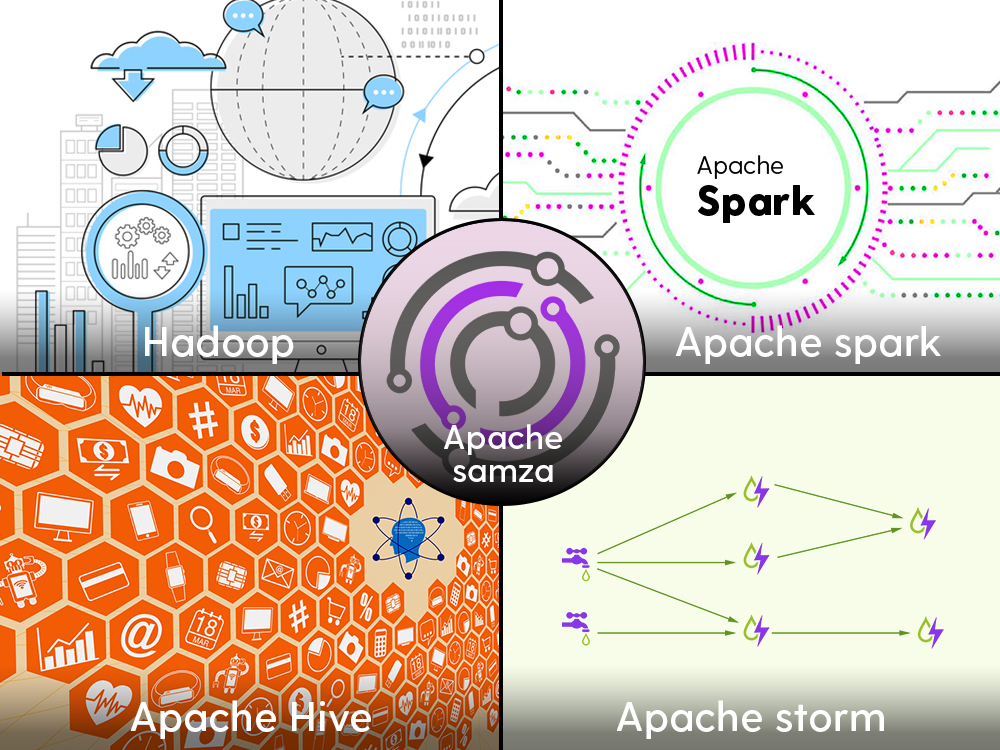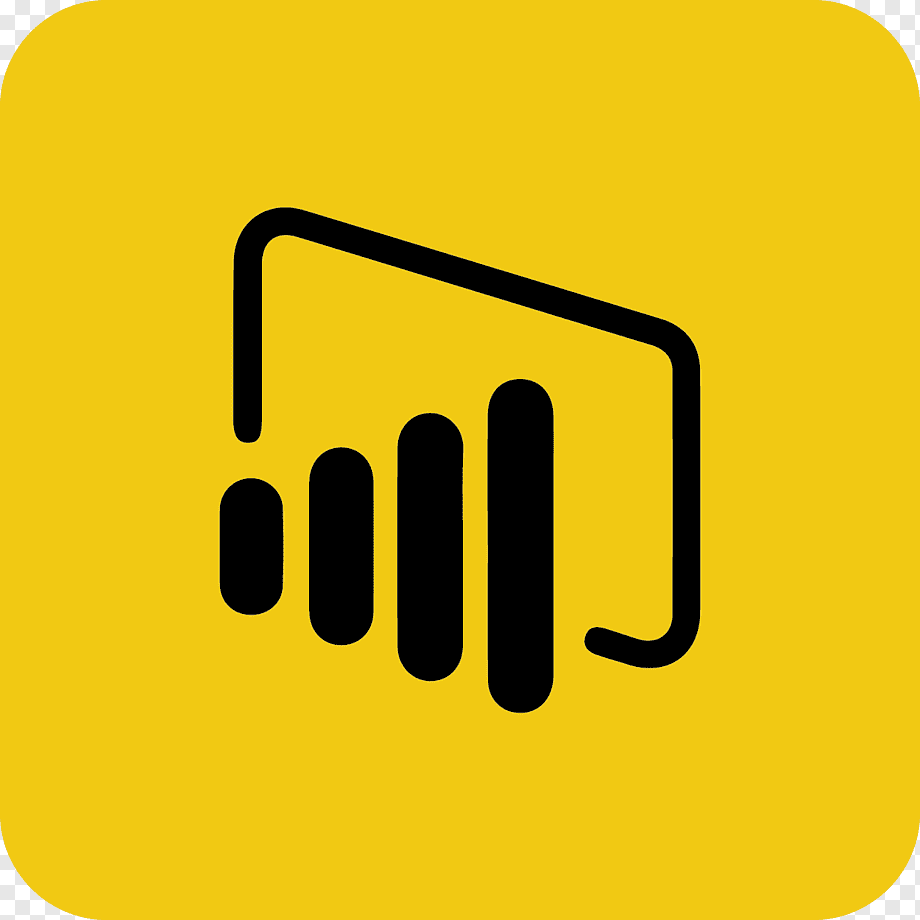In today’s data-driven world, businesses are constantly seeking ways to extract valuable insights from their vast amounts of data. This is where big data analytics frameworks come into play. These frameworks provide the tools and technologies necessary to process, analyze, and derive meaningful insights from large and complex datasets. In this comprehensive guide, we will explore the world of big data, their importance, features, benefits, and real-world use cases. By the end of this article, you will be equipped with the knowledge and strategies to master these frameworks and drive success in your organization.
The Importance of Big Data Frameworks
To truly grasp the significance of big data analytics frameworks, we must first understand the challenges they address and the opportunities they present. Here are the key reasons why these frameworks are crucial in today’s business landscape:
Addressing Data Processing Challenges
The volume, variety, and velocity of data generated by organizations have reached unprecedented levels. Traditional data processing methods are often insufficient to handle such large-scale data. Big data analytics frameworks, however, provide scalable and distributed processing capabilities, enabling efficient handling of massive datasets.
Enabling Advanced Analytics Techniques
Big data analytics frameworks serve as a foundation for advanced analytics techniques, including machine learning, natural language processing, and predictive analytics. These techniques allow businesses to uncover hidden patterns, make accurate predictions, and gain valuable insights from their data.
Empowering Data-Driven Decision Making
By leveraging big data analytics frameworks, organizations can make data-driven decisions based on factual insights rather than relying on intuition or guesswork. These frameworks provide the means to process and analyze data quickly, enabling timely decision-making that can drive business success.
Exploring Popular Big Data Analytics Frameworks

In this section, we will delve into some of the most widely used big data analytics frameworks and understand their key features, capabilities, and use cases. Let’s explore:
Hadoop: The Pioneer Framework
Hadoop is a widely adopted framework that revolutionized big data analytics. It offers distributed storage and processing capabilities, making it ideal for handling large datasets. With its MapReduce programming model, Hadoop allows for parallel processing, enabling efficient analysis of data across a cluster of computers. Its ecosystem consists of various tools and libraries that support a wide range of data processing tasks.
Apache Spark: Real-Time Analytics Powerhouse
Apache Spark is known for its lightning-fast processing speeds and real-time analytics capabilities. It provides an in-memory computing framework that enables iterative and interactive analysis of large datasets. Spark’s versatility allows it to handle diverse data processing tasks, including batch processing, stream processing, machine learning, and graph processing. Its unified API and rich ecosystem make it a popular choice among data scientists and analysts.
Apache Hive: SQL-Based Data Warehousing
Apache Hive offers a SQL-like query language, HiveQL, which allows users to query and analyze data stored in a distributed data warehouse. Hive translates queries into MapReduce or Spark jobs, making it compatible with existing Hadoop and Spark ecosystems. It simplifies data analysis for users familiar with SQL and enables integration with popular business intelligence tools.
Apache Storm: Real-Time Stream Processing
Apache Storm is designed for real-time stream processing, making it suitable for applications that require continuous data ingestion and immediate analysis. It offers fault-tolerant, scalable, and distributed stream processing capabilities, allowing organizations to process data as it flows in real-time. Storm’s versatility and low latency make it an excellent choice for applications such as fraud detection, IoT data processing, and real-time analytics.
Apache Samza: Distributed Stream Processing at Scale
Apache Samza is another powerful framework for distributed stream processing. It provides fault-tolerant and scalable stream processing capabilities while maintaining low-latency data processing. Samza integrates seamlessly with Apache Kafka, a popular distributed messaging system, enabling organizations to build end-to-end real-time data pipelines. Its simplicity and efficiency make it suitable for a wide range of use cases, including event-driven applications and real-time analytics.
Benefits Big Data Frameworks
Having explored the key frameworks, let’s now shift our focus to the benefits they offer. Understanding these advantages will help you identify how big data analytics frameworks can be leveraged in your own organization.
- Scalability: These frameworks provide scalability, allowing businesses to process and analyze large volumes of data without compromising performance.
- Speed: Big data analytics frameworks leverage distributed computing and parallel processing to deliver fast and efficient data processing speeds.
- Advanced Analytics: These frameworks support advanced analytics techniques, enabling businesses to uncover valuable insights and drive data-driven decision making.
- Cost-Effectiveness: Big data analytics frameworks leverage commodity hardware and open-source technologies, reducing infrastructure costs compared to traditional data processing approaches.
- Flexibility: These frameworks support diverse data types, formats, and processing tasks, allowing businesses to adapt to changing data requirements and analytical needs.
Real-World Use Cases

Big data analytics frameworks have been successfully applied in various industries and use cases, revolutionizing how organizations leverage their data to drive business outcomes. Let’s explore some real-world use cases that demonstrate the practical applications and benefits of these frameworks.
- Customer Personalization: Big data analytics frameworks help businesses analyze vast amounts of customer data to personalize experiences, recommend products, and deliver targeted marketing campaigns.
- Fraud Detection: By processing and analyzing real-time data streams, organizations can detect fraudulent activities in banking, insurance, and e-commerce industries.
- Predictive Maintenance: Leveraging big data analytics frameworks, businesses can analyze sensor data from machines to predict maintenance needs, optimize operations, and reduce downtime.
- Healthcare Analytics: Frameworks enable the analysis of patient records, medical imaging data, and genomic information to enhance diagnoses, improve patient outcomes, and advance medical research.
- Supply Chain Optimization: Big data analytics frameworks allow organizations to analyze supply chain data, optimize inventory levels, predict demand, and improve overall efficiency.
Mastering Big Data Frameworks for Success

To truly unlock the potential of big data analytics frameworks and ensure success, consider the following strategies and best practices:
Data Quality and Preparation
Start by ensuring the quality and cleanliness of your data. Validate, cleanse, and transform your data to remove inconsistencies and improve accuracy. Proper data preparation lays the foundation for effective analysis and reliable insights.
Scalability and Performance Optimization
Configure your big data analytics frameworks to scale horizontally as your data grows. Optimize performance by fine-tuning parameters, leveraging caching techniques, and utilizing distributed processing capabilities.
Data Security and Compliance
Implement robust security measures to protect sensitive data, including encryption, access controls, and data anonymization techniques. Ensure compliance with relevant regulations and privacy policies.
Collaboration and Teamwork
Encourage collaboration among your data analytics team. Foster a culture of knowledge sharing and cross-functional collaboration between data scientists, analysts, and IT professionals to leverage diverse expertise and drive innovation.
Monitoring and Troubleshooting
Regularly monitor the performance and health of your big data analytics frameworks. Set up monitoring tools to track resource utilization, identify bottlenecks, and proactively address issues. Establish robust troubleshooting processes to resolve unexpected challenges.
Continuous Learning and Skill Development
Invest in continuous learning and skill development. Encourage your team to enhance their knowledge of big data analytics frameworks through training, certifications, and participation in industry events and communities.
Conclusion
Big data analytics frameworks have become indispensable tools for organizations aiming to unlock the full potential of their data. By exploring popular frameworks, you are now equipped to embark on a journey towards data-driven success.
Remember to implement best practices, optimize performance, and foster collaboration within your organization. With the right strategies in place and a commitment to continuous learning, you can harness the power of big data to gain a competitive edge and drive business growth. Start your journey today and unleash the potential of your data-driven future!
If you’re eager to unlock the potential of big data and drive data-driven success for your business, look no further. Visit AI Data House to learn more about our services and how we can help you leverage the right frameworks to extract valuable insights from your data.
Don’t miss out on the opportunity to stay ahead of the competition and make informed decisions based on data-driven intelligence. Take the first step towards a data-driven future by exploring our services today!










